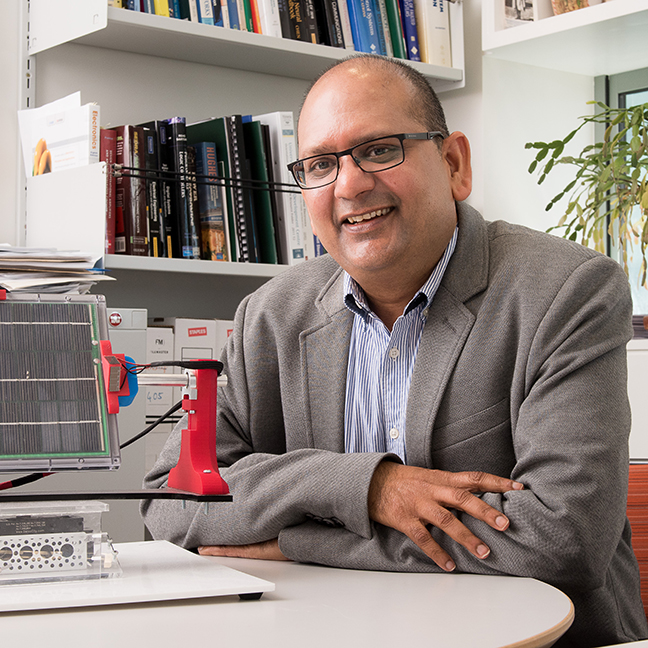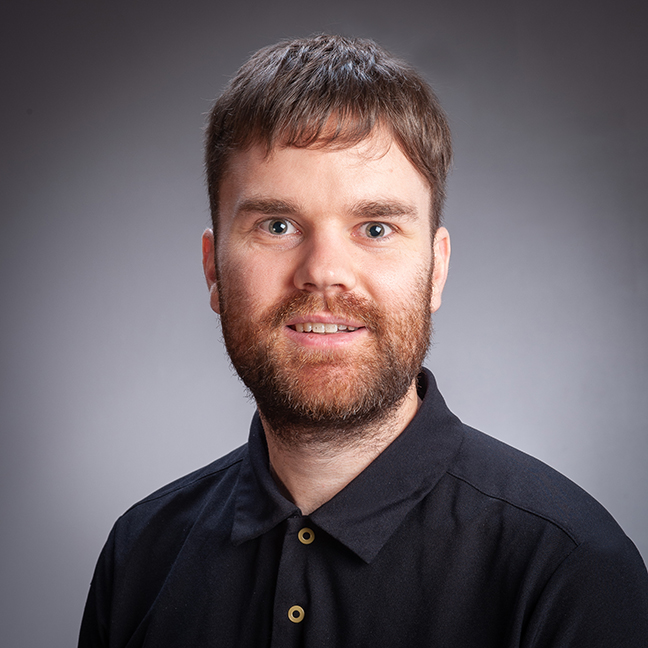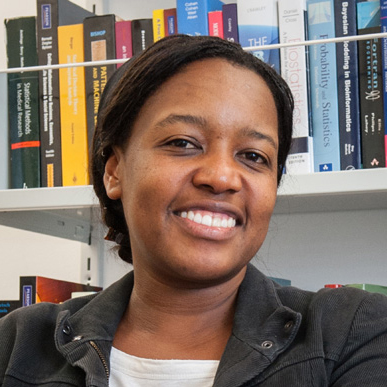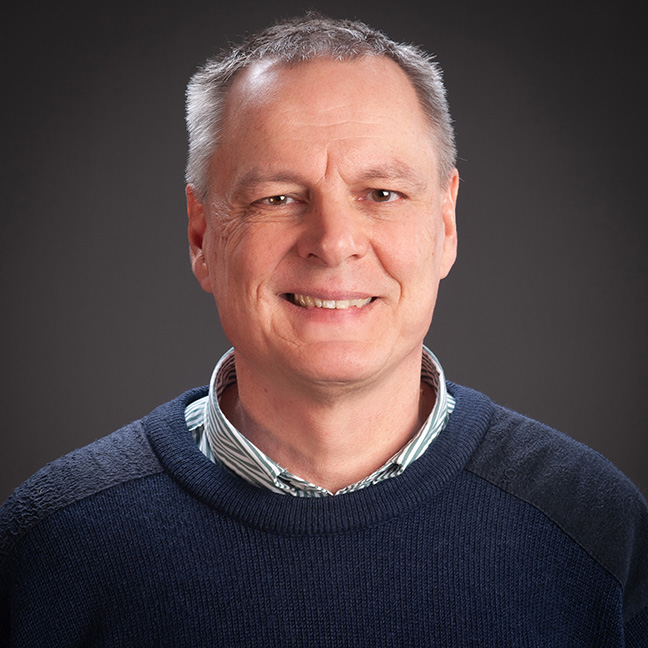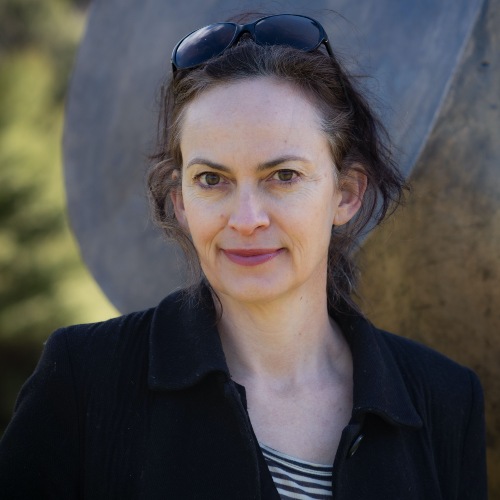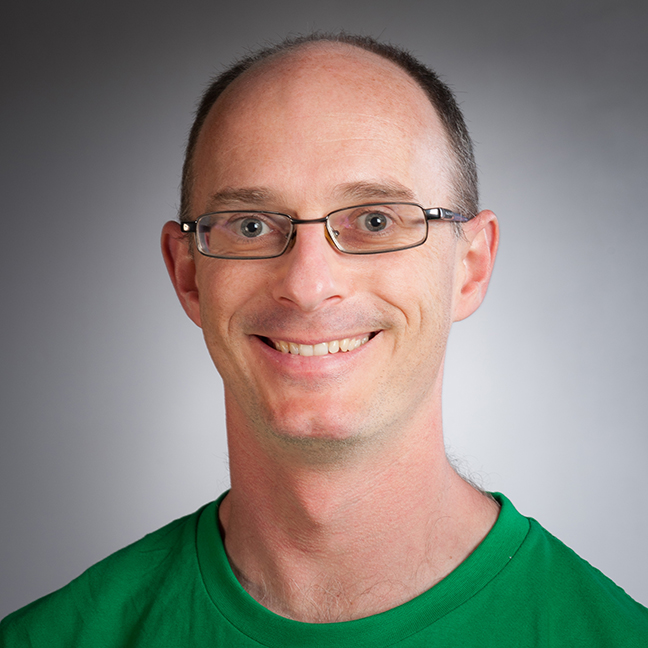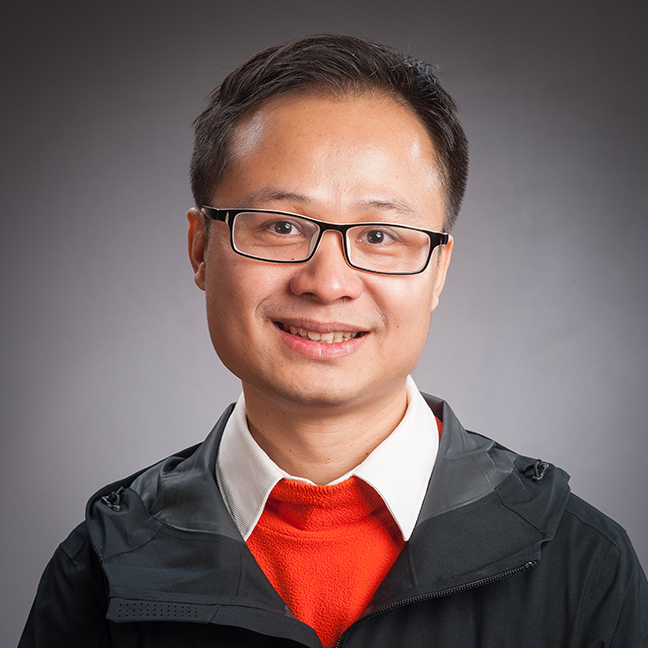Mathematics and Statistics projects
Projects for 2022/2023
Here is a quick list of the projects available. Click on the project number to see more information.
- 625 - Modelling Energy Extraction from Geothermal Resources
- 639 - Characterising slowly varying fluid flow
- 640 - Hypothesis Tests for Generalised forms of the Entropy
- 641 - Classifying the 0-graded component of boundary path groupoids
- 642 - Predicting breast cancer risk for personalised screening
- 643 - The Flat Earth in Aotearoa-New Zealand
- 644 - Where do baby green lipped mussels come from in the upper South Island?
- 645 - Bioacoustic analysis
- 646 - Scoring skeletal health from X-ray images of salmon vertebrae
625 - Modelling Energy Extraction from Geothermal Resources
The aim of this project is to accurately model the energy transfer processes of geothermal resources. The work shall comprise technical and economical evaluation of geothermal resources of New Zealand. The technical challenges include energy extraction from low temperature geothermal resources, thermal processes, subsurface analysis, power plant components, and environmental impact. The positions will be involved in contributing towards mathematical and geological modelling of the processes.
A collaborative project-based and problem-solving approach is expected. Note that the scope of work is multidisciplinary. Ideal skills:
- Mathematical/Geological students with interests in modelling real-world systems.
- Ability to transform complex real-world properties into mathematical relationships.
- Good oral and written communication skills in English.
- Basic knowledge of the programming language Python, and MS Office.
Supervisor
Deputy Head of School, Engineering and Computer Science
School of Engineering and Computer Science
639 - Characterising slowly varying fluid flow
It is often convenient to assume that steady fluid flow through a complicated device geometry is "slowly varying". One example is fluid flow in spiral duct geometries which, at any given cross-section, is often assumed to not deviate significantly from fluid flow through curved duct geometries having constant bend radius or curvature matching that at the given cross-section. In this research project you will compare steady fluid flow in a variety of geometries with the aim of developing a suitable characterisation of what it means for a fluid flow to be "slowly varying".
Supervisor
Lecturer
School of Mathematics and Statistics
640 - Hypothesis Tests for Generalised forms of the Entropy
Entropy measures the unpredictability of a system. Among its many forms, Shannon defined it in 1948 in terms of the bits of a communication channel. Such a definition can be generalised to any number of states of a random variable and other functional forms: Tsallis, Rényi, Havrda-and Charvat, among others. Moreover, there are asymptotic results about the properties of these observables under specific models. We have been studying improved models under a general setup: when the probability is a Multinomial model. These results can be translated into test statistics useful for comparing signals. The project consists of studying the basics of the Entropy's probabilistic and statistical aspects and developing, testing, and deploying an R package with the functions that implement them.
Supervisor
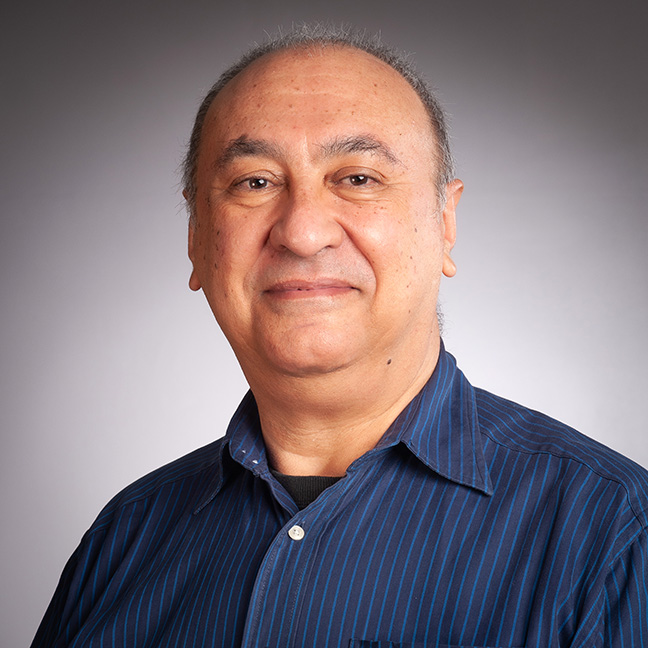
Alejandro Freryorgambide
641 - Classifying the 0-graded component of boundary path groupoids
This is a pure mathematics project sitting at the intersection of combinatorics, algebra, topology and analysis. Experience with any/all of the following would be useful: directed graphs, groups, algebras, topological spaces and normed vector spaces.
Supervisor

Lisa Clark
642 - Predicting breast cancer risk for personalised screening
Using breast cancer risk to personalise frequency and modality of screening is emerging as a potential new screening strategy. Such a strategy requires cancer risk prediction models and criteria that are relevant to the population and health system under consideration. In the project you will combine data from multiple New Zealand health datasets to develop a breast cancer risk prediction model. You will also evaluate several potential risk criteria to aid in decision making for a personalised screening strategy.
Supervisor
Associate Professor in Statistics · Associate Dean, Postgraduate Research
School of Mathematics and Statistics
643 - The Flat Earth in Aotearoa-New Zealand
Is the earth flat or round? Surprisingly, some people don’t think this is a settled debate – and a fascinating question is why. In this project you will map out the current state of belief in the Flat Earth in New Zealand today. What exactly do Flat Earth supporters believe? Where are they getting their information from? The project would suit a student in the natural sciences or the humanities who has an interest in the process of how people understand science, and which sources of information they trust.
Joint project with the Centre for Science in Society.
Supervisor
Professor of Statistics and Data Science
School of Mathematics and Statistics
644 - Where do baby green lipped mussels come from in the upper South Island?
Finding baby spat to grow into green lipped mussels to sell is a major challenge for this $200 million shellfish aquaculture industry. The industry mostly relies on gathering spat attached to seaweed that washes up on 90 Mile Beach in Northland. This spat supply is at the whim of storms and tides. Much of the industry is based in and around the Marlborough Sounds. This projects aims to determine where the parent mussel spat are likely to be in this region. The project will combine decades of data on how many spat settle on test plates, with the travels of 100s of millions of simulated virtual spat over the 4-6 weeks between their birth and settling on the sample plates.
Supervisor
Professor of Statistics and Data Science
School of Mathematics and Statistics
645 - Bioacoustic analysis
The AviaNZ project (http://avianz.net) works on analysis of bioacoustics, such as the calls made by a birds or bats, or even other mammals. Depending on the interests of the student we will work on particular species, and aim to develop filters to recognise that species, analyse the calls, and turn that data into a way to estimate abundance.
Supervisor
Professor of Mathematics
School of Mathematics and Statistics
646 - Scoring skeletal health from X-ray images of salmon vertebrae
The shape and structure of a farmed salmon’s spine is a useful measure of its skeletal health. Having data on health is important for NZ’s fish farmers, breeders and researchers. This project will develop an automated scoring system for fish skeletal health based on X-ray images. The aim is to develop a machine learning based system which is much faster and more accurate than the existing manual scoring system which relies on people. This project is in collaboration with the Cawthron Institute, NZ's largest independent science organisation.
External sponsor
Cawthron Institute
Supervisor
Senior Lecturer in Data Science
School of Mathematics and Statistics

